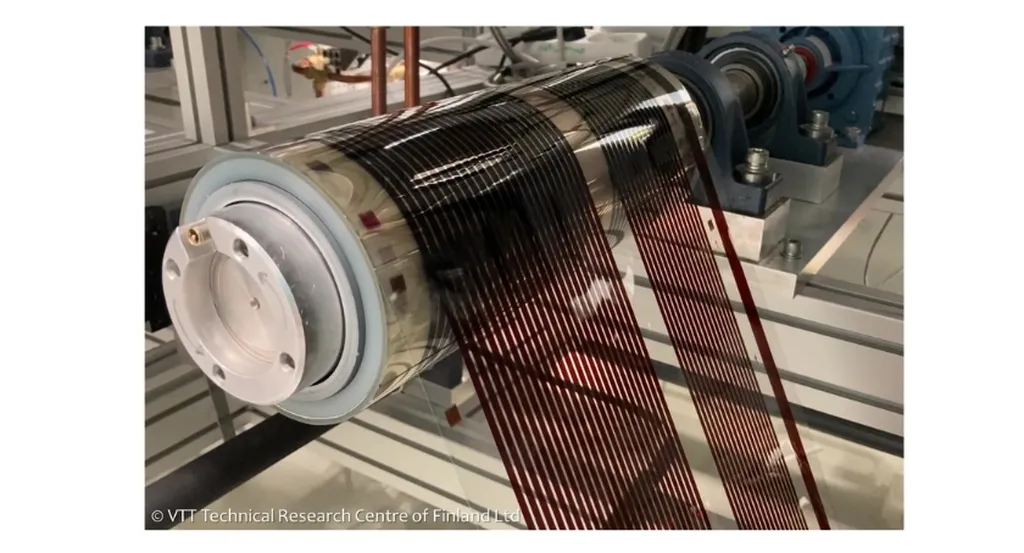The Horizon Europe PEARL project is making strides in developing next-generation flexible perovskite solar cells, addressing key challenges in efficiency, stability, and cost-effectiveness. Perovskite materials, known for their material abundance, superior light absorption, and low-cost production, have been a focal point in global research and development. While perovskite solar cells are approaching the efficiency of silicon cells, stability remains a hurdle. The PEARL project aims to enhance perovskite solar cells by integrating cutting-edge carbon electrodes, targeting efficiencies over 25% and significantly reducing production costs.
The consortium, comprising ten European partners, is working to develop flexible perovskite solar cells using scalable, environmentally friendly methods suitable for industrial application. Key achievements include developing solar cells with over 21% efficiency on flexible PET substrates, achieving 21.6% efficiency through molecular surface passivation, and demonstrating a lab-scale champion cell efficiency of 14.8% with a new printing process. VTT and TNO have scaled up roll-to-roll coating, printing, and patterning to larger formats, creating flexible minimodules with an area of 36cm² and a power conversion efficiency of 4.5%. The consortium has also developed protective encapsulation that ensures stability for over 2,000 hours under damp-heat conditions, proving their durability for real-world applications.
Dr. Riikka Suhonen, PEARL Project Coordinator at VTT, highlighted the significance of these achievements, stating, “These achievements bring us firmly within reach of our 25% target – paving the way to low-cost, high-performance solar modules for applications from building-integrated photovoltaics to the Internet of Things.” Sustainability is a strong focus of the project, with initial life cycle assessments showing that the use of carbon electrodes, recycled PET, and green energy can reduce the carbon footprint by more than 50%. Processes have also been developed to recover valuable materials such as lead and cesium from production waste.
As the project progresses into its second half, PEARL will continue to optimize its roll-to-roll pilot manufacturing processes, test larger modules for outdoor use, and publish the results of the life cycle assessments. The goal is to bring flexible solar cells to market for applications such as building-integrated photovoltaics and the Internet of Things. Deliverables will include an optimised module design report, roll-to-roll encapsulation processes, and pilot-scale production protocols that collectively establish Europe’s leadership in flexible perovskite PV.
The progress made by the PEARL project could significantly shape the development of the solar energy sector. By addressing the stability and cost-effectiveness of perovskite solar cells, the project is paving the way for more affordable and efficient solar energy solutions. The integration of carbon electrodes and the focus on sustainability could also drive innovation in solar cell technology, leading to more environmentally friendly and cost-effective production methods. As the project continues to advance, it has the potential to establish Europe as a leader in flexible perovskite photovoltaics, influencing global trends in solar energy development.

